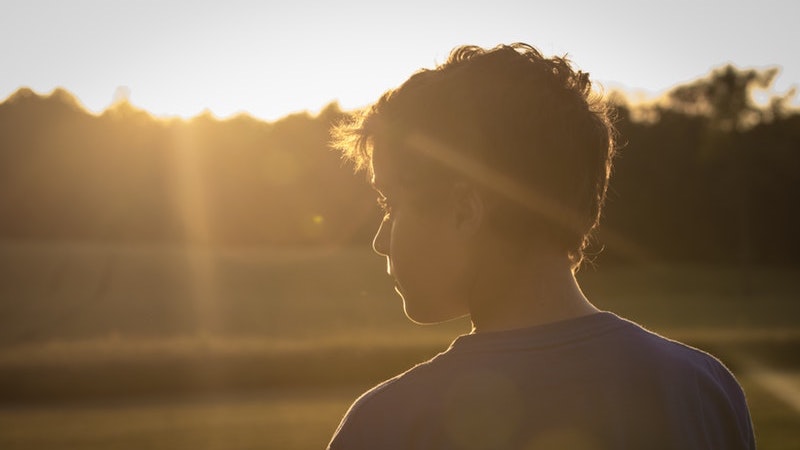The Robbers Cave Experiment
Episode #5 of the course Most brilliant social psychology experiments by John Robin
Welcome back to the course!
As promised, we’re going to explore an experiment about teamwork—specifically, the more disturbing sides of it, like negative stereotypes, prejudices, and discrimination.
The experiment in question: the pioneering work of social psychologist Muzafer Sherif. The experiment is named after the location it was conducted in, a state park called Robbers Cave, in Oklahoma, USA.
Sherif’s setup might bring to mind William Golding’s Lord of the Flies, though fortunately, the outcome was far less disastrous!
It was the summer of 1954. For most boys aged twelve in the US, that meant more time playing outside with friends, perhaps going to summer camp.
For the 22 boys, all aged twelve, whom Sherif selected for his experiment, that meant going off to the Robbers Cave State Park to survive in the wilderness, with unknown grueling competition and obstacles ahead.
Of the 22 boys selected, Sherif ensured none knew each other before the experiment. He also selected them all from a middle-class background, to ensure that they all were well-adjusted boys (i.e., no street gang behavior).
They were divided into two groups. This was done in such a way that each boy assigned to a given group didn’t know the other group of boys existed. To start, both groups of boys only knew that they were alone in the woods and had to somehow survive.
They had 200 acres surrounding them. In the first stage of the experiment, supporting researchers (posing as camp personnel) who were on site facilitated activities to help each group bond together. They had to collect food, build shelter, come up with a team motto and decide on rules of living and routines, as well as division of labor. Each group, still unaware of the other, developed a unique culture through recreation, like hiking and swimming activities. They came up with names—the Eagles and the Rattlers—and had the logo and name stenciled on shifts and flags. In the beginning, it was fun for each team.
Then came the next stage: the “competition phase,” where Sherif engineered the distinct groups to encounter one another. Now knowing of one another, researchers supporting the groups informed them of competitive activities like baseball and tug-o-war. The prize for the winners would be a pocket knife, while there was no consolation for the “losers.”
Both groups developed fierce dislike of the other. The Rattlers issued threats to the Eagles. The Eagles burned the Rattlers’ flag. This led to the Rattlers ransacking the Eagles’ cabin and stealing property. Researchers had to physically separate them.
In the last stage of the experiment, Sherif engineered a “cool down” phase where the boys were to reconcile with one another. Each group had to describe the other, and it was noted how for each, describing their own members was always positive, while the others incorporated slangs similar to racist or stereotype terminology.
The Interesting Results about What Causes Conflict
Many people assume this experiment tells us that separating people into groups will lead to conflict. However, this isn’t true because it wasn’t until the competition for limited resources emerged that the groups began to feel threatened by the other. An example from the real world would be how during times of unemployment, the native population exhibits racism toward immigrant or asylum seekers who compete for jobs.
The Robbers Cave Experiment is a part of the much larger Realistic Conflict Theory. Further work on this theory has put the experiment in perspective. For instance, some have criticized it as not being fully realistic, since the researchers posing as camp personnel formed a third, more powerful group, and in some cases, the boys fought them, since they felt manipulated. (This should remind you of the Stanford Prison experiment from Day 1.)
Regardless, it does shed light on conflict between groups, especially when resources are limited, creating what is known in economics as a “zero sums fate.” Companies and community organizers draw heavily on these insights when trying to avoid the formation of competing groups. Just like in the first phase of the experiment, so long as we work together as a whole, we tend to unite in a universal culture of cooperation, pride, and participation.
Tomorrow, we’ll head to a very different kind of study, this one about the viability of love.
Learn Something New Every Day
Get smarter with 10-day courses delivered in easy-to-digest emails every morning. Join over 400,000 lifelong learners today!
Recommended book
The Psychology of Prejudice and Discrimination by Bernard E. Whitley and Mary E. Kite
Share with friends

